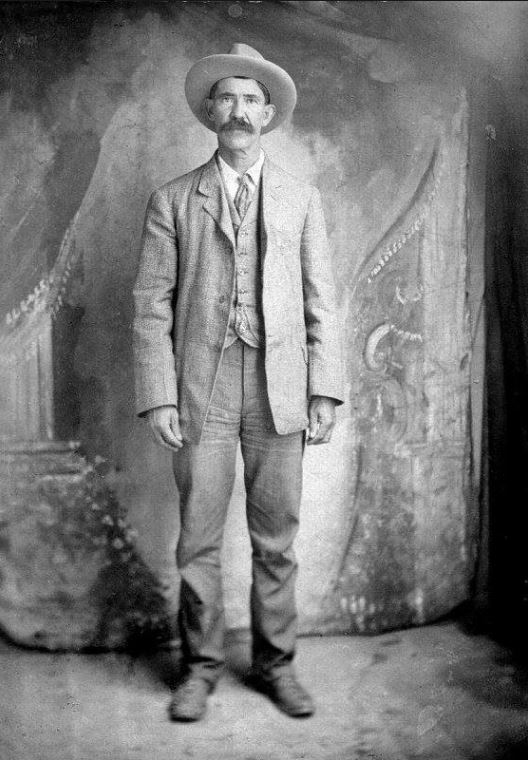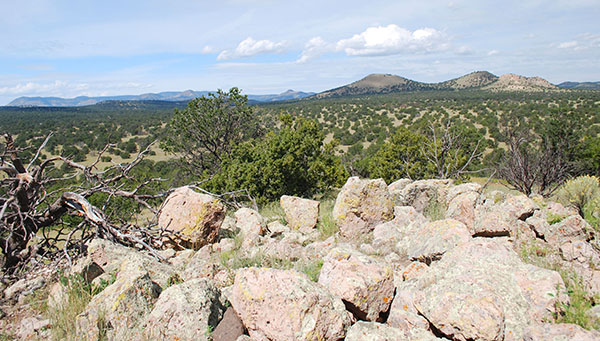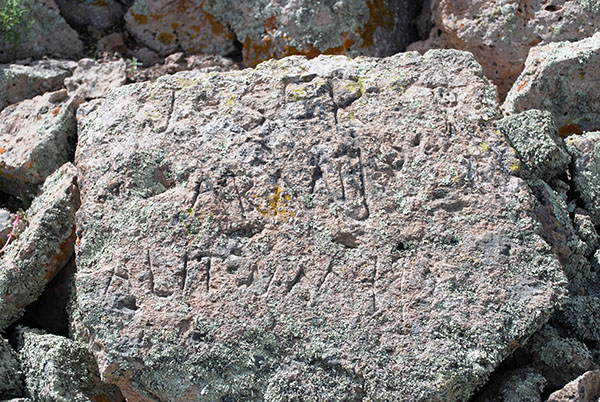Related Stories
- State of New Mexico officials honor BLM firefighters for Camp Fire response
- Oklahoma Field Office staff teach Petroleum Engineer Technician course
- Carlsbad Field Office celebrates 100 years of potash
- Wild Rivers Backcountry Byway repairs
- History and heritage among the ruins at Dripping Springs Natural Area



